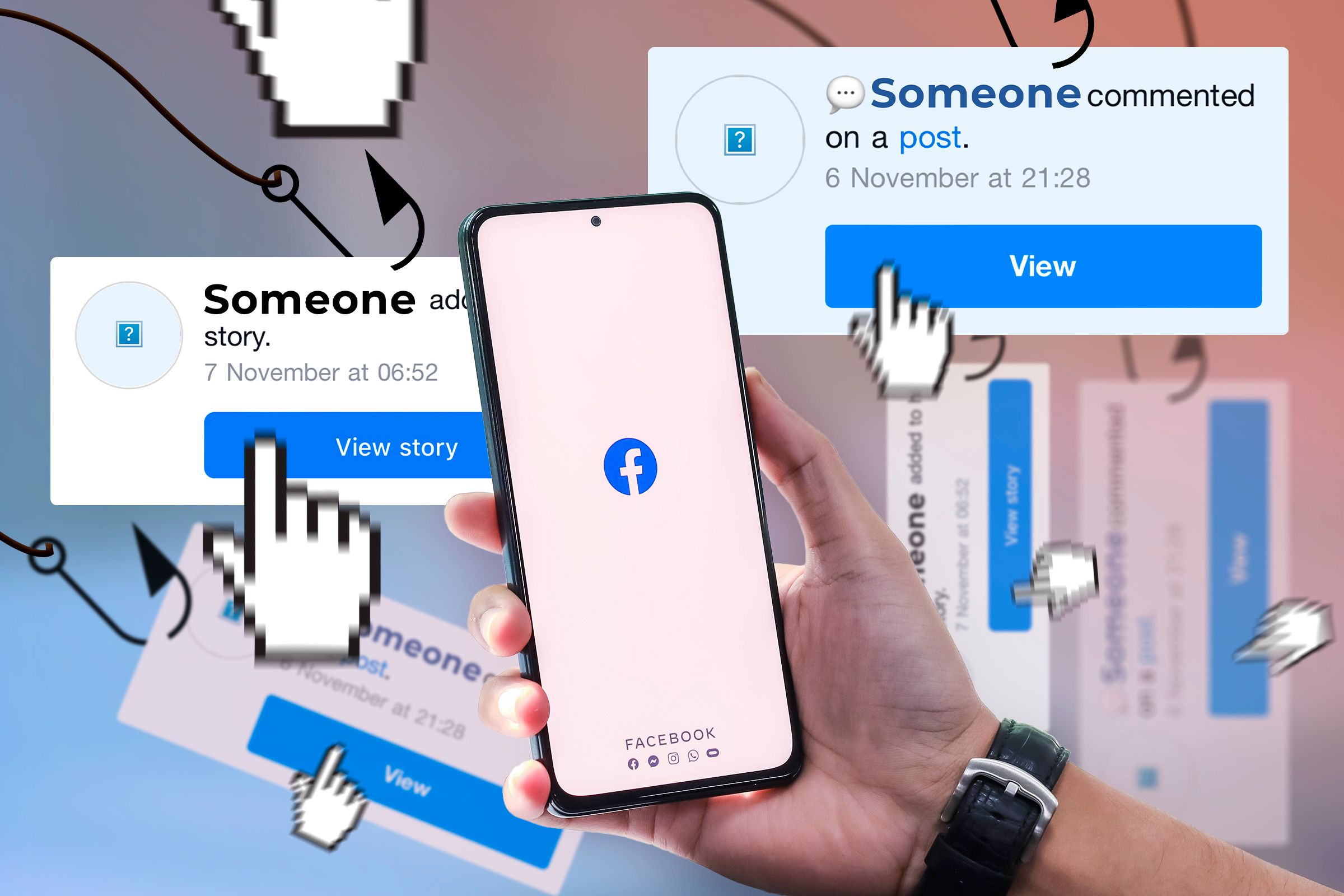Got an ad on Facebook for a gadget you were talking about with a friend? That’s Facebook for you. But when it comes to suggesting organic content, it’s often a hit or miss. With some experimenting, though, you could quickly fill the gaps between the two algorithms.
Facebook Ads Are Surprisingly Accurate
Let’s admit it. Facebook’s ads are frighteningly on point. There’s even a running joke that Facebook must be secretly listening to your conversations because the moment you mention something, a few minutes of scrolling later, you start seeing ads for it. Talking about struggles in the kitchen? Suddenly, your feed is filled with cooking gadgets and utensils ads. Coincidence? Probably not.
What’s interesting is how Facebook manages to do this without actually listening to you—the secret lies in its ad targeting. Facebook knows what pages you’ve liked, the posts you engage with, the things you search for, and even your activity outside of Facebook through its partnerships with other apps and websites. Combine that with demographic data like age, location, and interests, and the result is a hyper-accurate picture of what might catch your attention.
And honestly, I don’t mind it that much. I’ve discovered some genuinely useful products and services through these ads, stuff I probably wouldn’t have come across otherwise. It’s like Facebook knows my shopping interests better than myself.
But here’s the thing. If Facebook can be this good at showing ads I actually care about, why can’t it be just as good at recommending content I want to consume? That’s where things start to fall apart.
The Recommended Content Feels So Off
It’s funny when the same platform nails its ad recommendations, but its content recommendation engine is a different story entirely. Sure, the platform shows you posts from friends, pages, and groups you follow. That part works fine. But then there’s the stuff Facebook thinks you’ll like, and let me tell you, it’s often way off the mark.
More often than not, I find myself scrolling past low-effort bait posts, endless troll content, or outright spam. You know the type: “Tag someone who needs to see this.” or “Ten Unknown Facts About #BMW.” It’s not just annoying, it’s the digital equivalent of junk mail clogging up your feed. Now, if I’m honest, the amount of such content has decreased quite a lot in the last few years. However, they still remain a big part of your Facebook feed.
What’s worse is that unless you make a conscious effort to hit the “Not interested” button repeatedly, the algorithm doubles down, flooding your timeline with even more of the same. It feels like Facebook is trying too hard to guess what I’ll like, and instead, it’s serving me content that feels more like noise than value.
It’s frustrating because I know Facebook is capable of doing better. If they can fine-tune ads to match my exact interests, why can’t they apply that same precision to the posts they recommend? At the very least, I’d love a way to train the algorithm better.
Training Facebook on What I Want to Consume
One thing I do like about Facebook’s algorithm is that it catches up to your consumption habits pretty fast. For example, suppose Facebook shows you a reel about wild animals. You don’t usually watch that stuff. Out of curiosity, you decided to watch the reel and liked it. Soon enough, you’ll see that Facebook is suggesting more wildlife reels to you.
I’ve learned to use this responsiveness to my advantage. When I want to see more of something, be it tech updates, pet vlogs, or recipe videos, I make a point to engage with that type of content. I like the posts, maybe leave a comment or even save them for later. It doesn’t take long for the algorithm to catch on and start curating my feed accordingly.
On the flip side, when I want to cut out the junk, I take the time to use the “Not interested” button, hide posts, and snooze the groups or pages I don’t want to see. Yes, it’s tedious, but it works over time. The more you fine-tune what you engage with, the better Facebook gets at understanding what you actually want.
I also make a habit of following pages and joining groups that align with my interests. By actively shaping my feed, I’ve managed to push out most of the spammy recommendations and replace them with content I actually care about. It’s not a perfect system, but it’s much better than leaving the algorithm unchecked.
Facebook’s algorithm is a tool. It can work for you or against you. By taking a little extra time to train it, I’ve found my feed can be more enjoyable and less of a chore to scroll through. So, even with some of the issues, it’s one of my most used social media.





